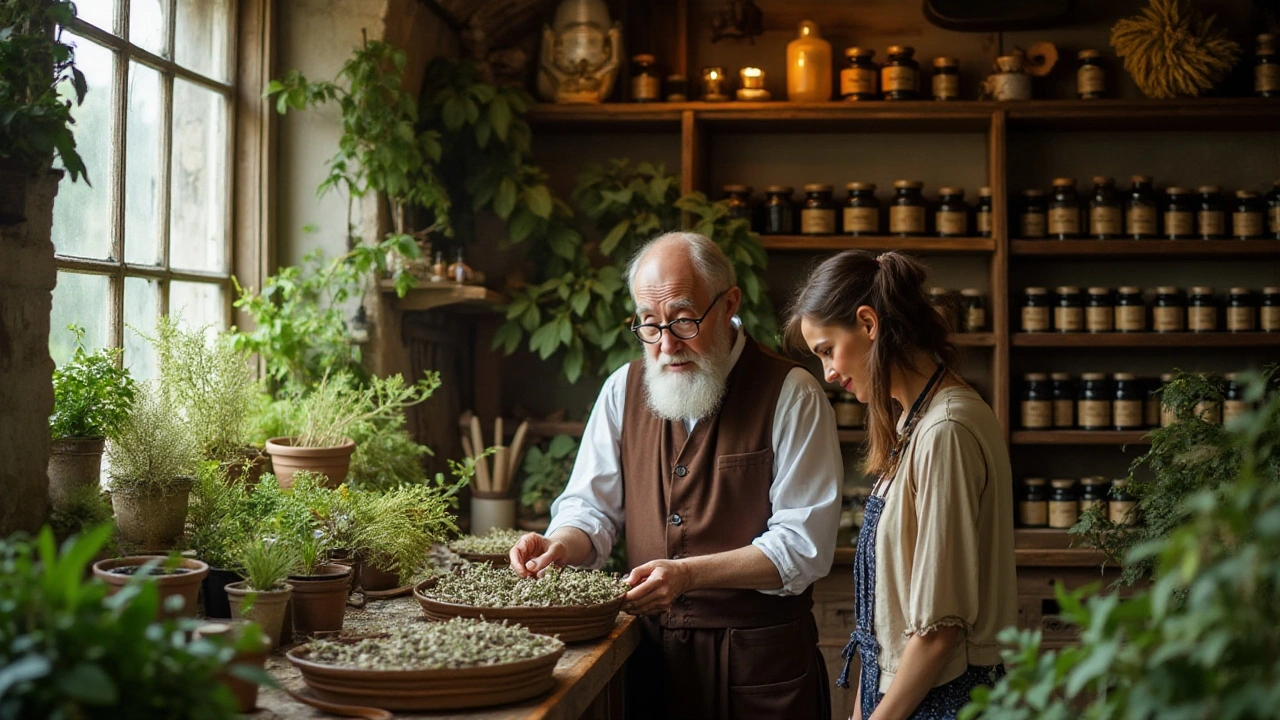Belladonna – Benefits, Risks & Safe Use Guide
If you’ve heard the name Belladonna, you probably picture a dark‑green plant with bright berries that looks like something out of a fairy tale. In reality it’s a real herb that has been used for centuries in medicine, but it also packs a potent poison. Knowing what makes Belladonna useful and when it can turn dangerous helps you decide if it belongs in your health toolbox.
Medicinal Benefits
Belladonna (also called deadly nightshade) contains compounds called alkaloids, mainly atropine, scopolamine, and hyoscyamine. These chemicals affect the nervous system, which is why doctors have used them for specific conditions. Atropine can widen the pupils during eye exams and reverse certain heart‑block problems. Scopolamine helps prevent motion sickness when placed behind the ear as a patch. Hyoscyamine reduces muscle cramps in irritable bowel syndrome. In low doses prescribed by a professional, these alkaloids can be powerful tools.
Herbalists also tap into Belladonna for its antispasmodic and pain‑relieving properties. When blended with other herbs, it may ease joint aches or tension headaches. However, the key word is “controlled.” The therapeutic range of Belladonna is narrow – a tiny increase can shift from relief to toxicity.
Safety & Side Effects
The same alkaloids that help treat illness can also cause serious side effects if you over‑do it. Common signs of mild poisoning include dry mouth, blurred vision, rapid heartbeat, and confusion. Higher doses can lead to hallucinations, seizures, or even coma. Because the plant’s berries look tempting but contain more poison than the leaves, never eat them straight from the garden.
To stay safe, follow these rules: only use Belladonna products that list exact dosages, keep it out of reach of children and pets, and always tell your doctor if you’re taking other medications. Pregnant or breastfeeding people should avoid it completely – the alkaloids can cross the placenta and affect a newborn.
If you suspect Belladonna poisoning, call emergency services right away. Treatment often involves activated charcoal to absorb the toxin and drugs like physostigmine that reverse its effects. Quick action can prevent lasting damage.
In summary, Belladonna is a double‑edged sword. Its alkaloids have legitimate medical uses when dosed correctly, but misuse can be life‑threatening. Treat it with the same respect you’d give any prescription drug: follow dosage instructions, monitor your body’s response, and keep it stored safely.
Curious about trying Belladonna for a specific issue? Talk to a qualified health professional first. They can help you weigh benefits against risks and decide if this historic herb fits into your modern wellness plan.


